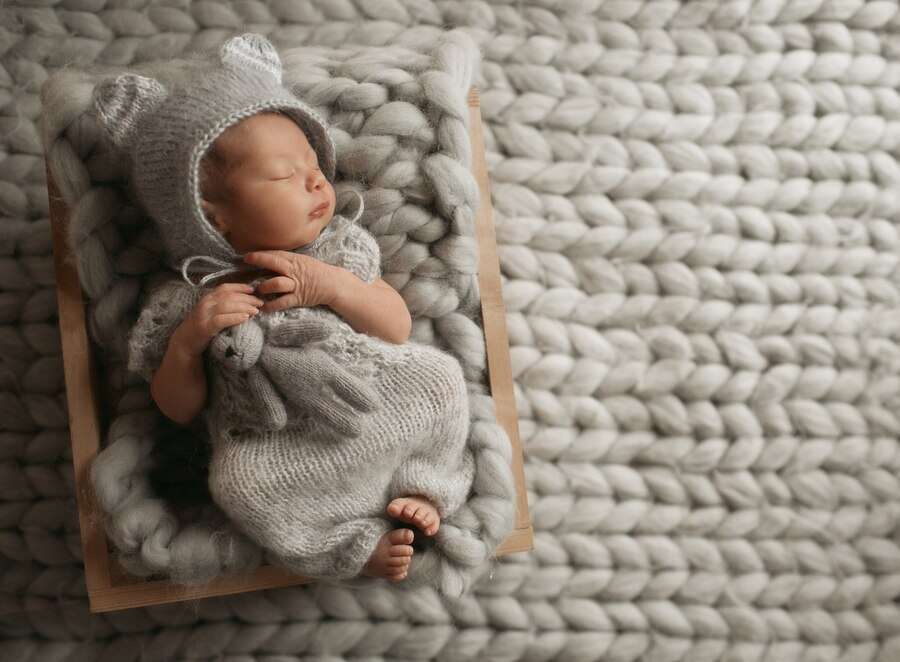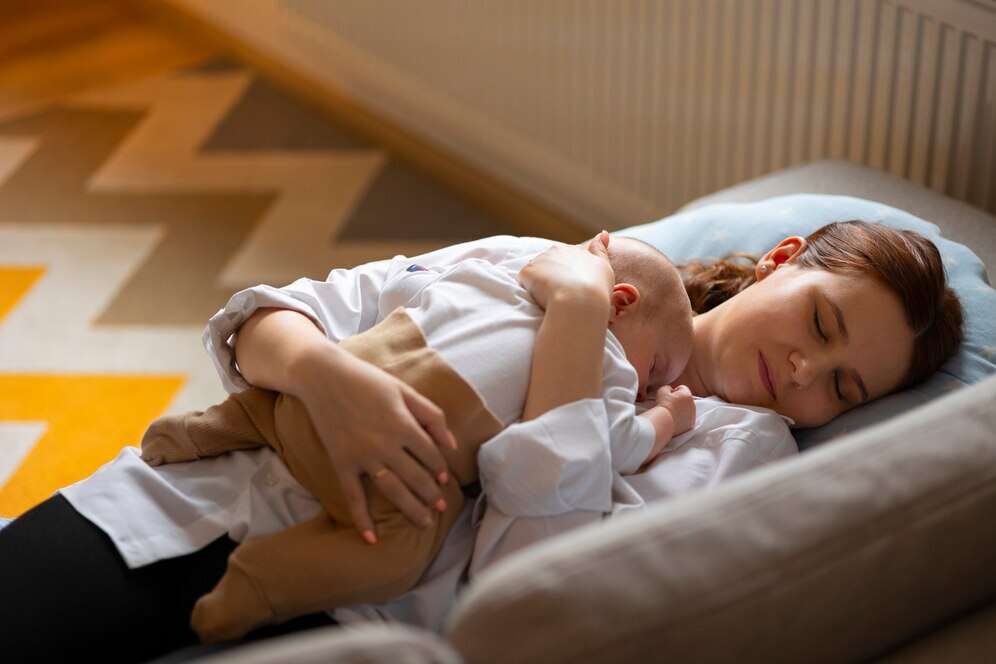Email cannot be empty
Password cannot be empty
Email format error
Email cannot be empty
Email already exists
6-20 characters(letters plus numbers only)
The password is inconsistent
Email format error
Email cannot be empty
Email does not exist
6-20 characters(letters plus numbers only)
The password is inconsistent

Give your store a description

Co-Sleeping vs. Solo Sleeping: What’s Best for Your Baby?
Choosing the right sleep arrangement for your baby is one of the most significant decisions new parents face. The two primary options—co-sleeping and solo sleeping—each come with their own set of advantages and disadvantages. This blog will explore the benefits and drawbacks of each approach, helping you make an informed decision that best suits your family’s needs.
Understanding Co-Sleeping
What is Co-Sleeping?
Co-sleeping refers to the practice of parents and infants sharing a sleeping space. This can take the form of bed-sharing, where the baby sleeps in the same bed as the parents, or room-sharing, where the baby sleeps in a separate crib or bassinet in the same room.

Pros of Co-Sleeping
1. Enhanced Bonding
One of the most significant benefits of co-sleeping is the opportunity for enhanced bonding between parents and their baby. Being in close proximity allows for easier nighttime feedings, soothing, and comfort, fostering a strong emotional connection.
2. Convenience
Co-sleeping can be incredibly convenient for nighttime feedings and diaper changes. Parents can attend to their baby's needs without having to leave the comfort of their own bed, making the process smoother and less disruptive.
3. Improved Sleep for Parents
Many parents report better sleep while co-sleeping. With the baby close by, parents can quickly respond to their baby's needs without fully waking up, allowing them to fall back asleep more easily.
Cons of Co-Sleeping
1. Safety Concerns
One of the most significant drawbacks of co-sleeping is the potential safety risks. There are concerns about suffocation, falls, and overheating, especially for younger infants. The American Academy of Pediatrics (AAP) recommends that infants sleep in the same room as their parents but in a separate crib or bassinet to reduce these risks.
2. Sleep Disruption
While some parents may find they sleep better co-sleeping, others may experience disrupted sleep. The baby’s movements, noises, or feeding patterns can interrupt a parent's sleep cycle, leading to fatigue.
3. Dependency
There is a concern that co-sleeping may lead to dependency on parental presence for sleep. This could make transitioning to solo sleeping more challenging as the child grows older.
Understanding Solo Sleeping
What is Solo Sleeping?
Solo sleeping refers to the practice of placing the baby in a separate sleeping space, such as a crib or bassinet, in their own room or the same room as the parents but in a designated sleep area.

Pros of Solo Sleeping
1. Safety
One of the most significant advantages of solo sleeping is the safety it provides. Babies who sleep alone are less at risk for suffocation, falls, or overheating. The AAP strongly supports solo sleeping as a safer alternative, especially for infants under one year old.
2. Promotes Independence
Solo sleeping encourages babies to develop independent sleeping habits. Over time, this can help them learn to self-soothe and fall asleep on their own, which can be beneficial as they grow.
3. Better Sleep for Parents
Many parents find that they sleep better when their baby is in a separate sleeping space. This arrangement can minimize disturbances from the baby’s movements or noises, allowing parents to achieve more restorative sleep.
Cons of Solo Sleeping
1. Increased Nighttime Disruptions
Parents may find themselves waking more frequently during the night to attend to their baby when they are sleeping separately. This can lead to increased fatigue, especially in the early months when babies need frequent feedings.
2. Potential for Increased Anxiety
For some parents, solo sleeping can create feelings of anxiety about not being close to their baby. This can lead to worry about the baby’s well-being or the ability to respond to their needs quickly.
3. Less Bonding Time
Solo sleeping may limit the opportunities for immediate bonding and comfort during the night. Parents may miss the intimacy that comes with co-sleeping, which can be a crucial aspect of early parenting.
Finding the Right Balance
Consider Your Family’s Needs
When deciding between co-sleeping and solo sleeping, it’s essential to consider your family’s unique needs and circumstances. Every family is different, and what works for one may not work for another.
Create a Safe Sleep Environment
Regardless of the choice you make, creating a safe sleep environment is paramount. For co-sleeping, ensure that the bed is safe, with firm mattresses and no soft bedding that could pose a suffocation risk. For solo sleeping, make sure the crib or bassinet meets safety standards and that the baby sleeps on their back.
Be Flexible
As your baby grows, their sleep needs may change. Being flexible and open to adjusting your sleep arrangements can help you respond to your baby’s development and your family’s evolving needs. It’s okay to start with one method and transition to another as needed.
Expert Recommendations
Guidelines from Pediatricians
The AAP recommends that infants sleep in the same room as their parents for at least the first six months of life, ideally up to one year. This arrangement can help reduce the risk of sudden infant death syndrome (SIDS). They also advise against bed-sharing due to the associated risks.
Listen to Your Instincts
Ultimately, the choice between co-sleeping and solo sleeping should reflect what feels right for you and your baby. Listen to your instincts and trust your judgment. Parenting is a deeply personal journey, and what works for one family may not work for another.
Conclusion
Choosing between co-sleeping and solo sleeping is a significant decision that impacts both your baby’s safety and your family dynamics. While each option has its pros and cons, understanding the implications of both can guide you in making the best choice for your household.
By carefully considering your family’s needs, creating a safe sleep environment, and being flexible in your approach, you can foster a nurturing sleep arrangement that promotes healthy development for your baby and restful nights for you.
Final Thoughts
As you navigate the early months of parenthood, remember that there is no one-size-fits-all solution. Whether you choose co-sleeping or solo sleeping, prioritize safety, comfort, and the well-being of your baby. Embrace the journey, and know that with love and attention, you’re setting the foundation for a healthy sleep routine that will benefit your family for years to come.

